Tue 28 Aug 2018
Turning up a grim bit of medical history
Posted by DavidMitchell under History, The arts
Comments Off on Turning up a grim bit of medical history
This week’s journey started out when Sausalito poet Paul LeClerc and I got to talking during a break in the jazz one Friday evening at the No Name Bar. As noted in my July 8 posting, he recommended I read Joseph Mitchell’s 1938 book Joe Gould’s Secret, so I did. Not surprisingly, the author’s style turned out to be extremely engaging, for Mitchell was a longtime writer for The New Yorker. Much of the book had already appeared in that magazine. Whenever that had happened, Gould received some much-desired publicity.

Poet Paul LeClerc (in white hat) at the No Name Bar
As I wrote last time, Gould was an unemployable eccentric who frequented the dive bars of New York City. Sometimes he called himself Professor Seagull. He claimed he’d learned the language of seagulls and had translated various poems into “seagull language.” He survived on donations of money, food, and clothing.
To justify his having no job and no money, Gould told people he was busy writing “the longest book in the history of the world.” He called it An Oral History of Our Time and was constantly recording in composition books conversations he was overhearing. The “secret” was that there was no such book, only a bunch of his notebooks, as Mitchell (below right) would discover. Gould was eventually hospitalized with a variety of physical and mental problems and died with people still looking for a copy of his Oral History.
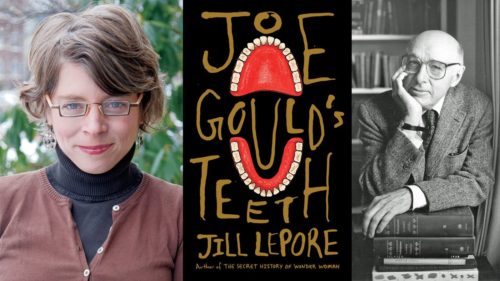
Los Angeles Times illustration
The story fascinated a college student named Jill Lepore (left), and one semester she joined the hunt for Gould’s missing Oral History as part of a thesis. Her paper became the genesis of her 2015 book titled Joe Gould’s Teeth. With its 77 pages of footnotes, it’s probably better researched then any other book I’ve read. Appropriately, Lepore, now 52, has become a professor of American History at Harvard as well as a staff writer for The New Yorker.
Lepore depicts Gould in far less flattering terms than Mitchell did. “Joe Gould was a toothless mad man who slept in the street,” Lepore writes, also noting that he sometimes “bunked in flophouses.” She also describes Gould’s obsession with sculptor Augusta Savage and his behavior toward her after she rejected his marriage proposal. Gould became so distraught he had to be hospitalized, and upon his release, he began stalking her.
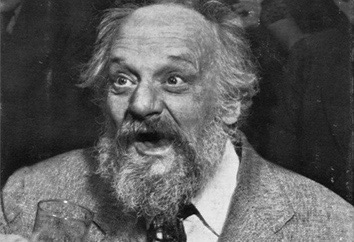
This gets us to a stunning revelation that explains the title, Joe Gould’s Teeth. Gould over time was admitted to several psychiatric hospitals, and “it was likely at Central Islip [hospital in New York] that Gould (above) lost his teeth,” Lepore concludes. “‘The first thing they did with all patients was take out all their teeth,’ wrote the psychiatrist Muriel Gardiner recalling her residency at a mental hospital in New Jersey at the time. This was on the theory, she explained, ‘that mental illness of any sort was always the result of a physical infection.'”
Lepore subsequently notes: “In New Jersey, Gardiner found the care of patients in the state mental hospital appalling. What most distressed her was the removal of their teeth. ‘I read their charts,’ she later said, ‘and some of them literally had had teeth, tonsils, appendix, uterus, every organ that you can live without removed for no apparent reason except they were schizophrenic…. None of them had ever got better.'”
That medical quackery explains the title Joe Gould’s Teeth. Oddly enough, Lepore merely refers to it only twice briefly and well before the conclusion. It’s almost as if that cruelty were incidental to her account and not the focus of the book’s title. But since Lepore writes for The New Yorker, I won’t second-guess her style.









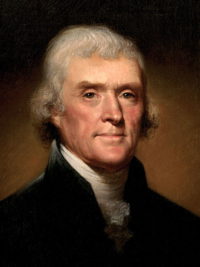



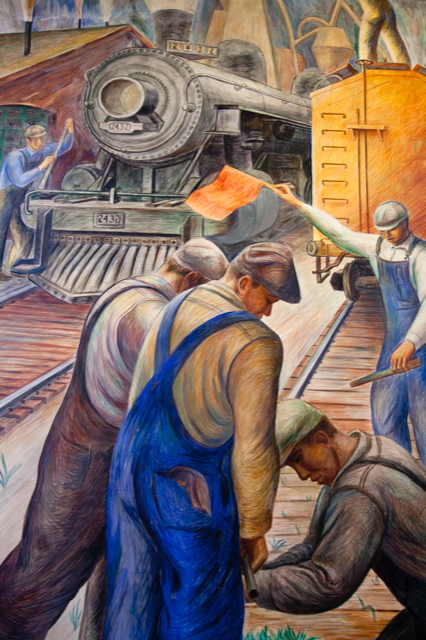
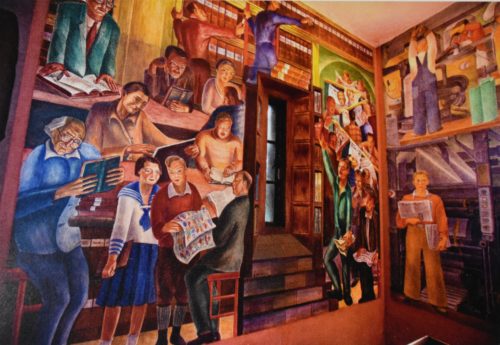





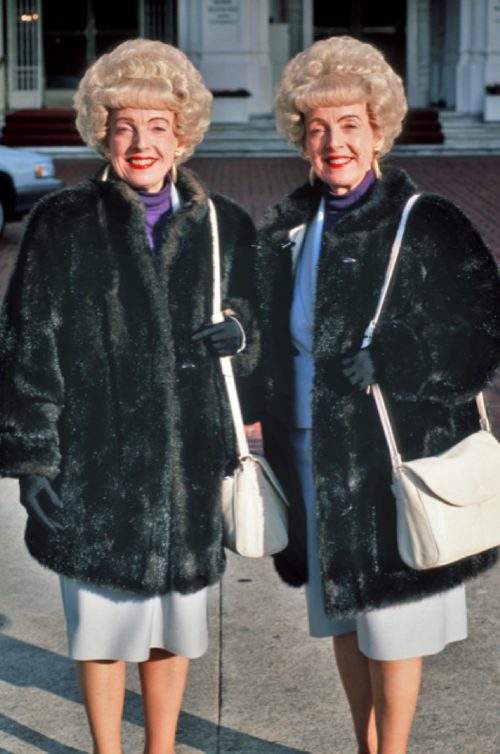


 Â
Â